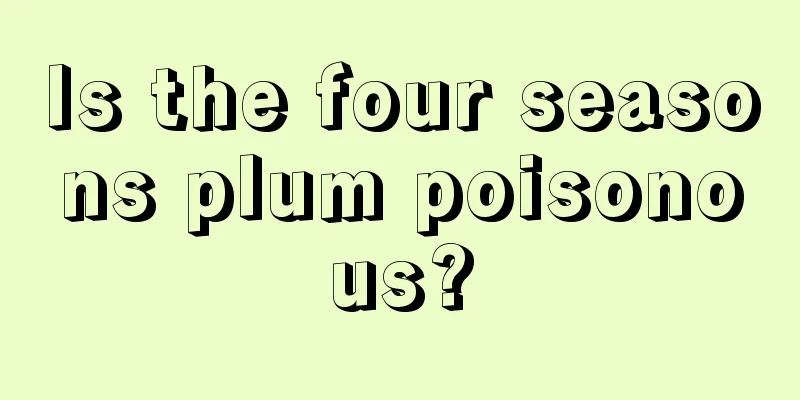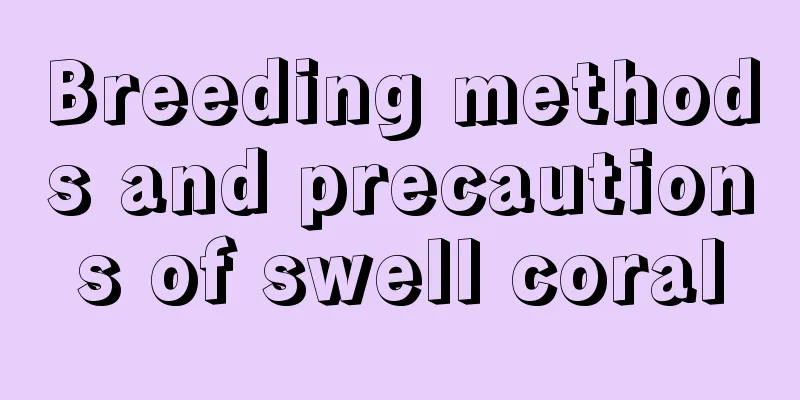Is the four seasons plum poisonous?

1. Is it toxic?The four-season plum is poisonous. Because it belongs to the Apocynaceae family, is similar to oleander, and is also poisonous. Its poison mainly exists in its juice, among which the flowers are the most toxic. The severity of the poisoning reaction varies from person to person. Some people have a stronger reaction, while others have a less obvious reaction. 2. Can it be placed indoors?Although it is poisonous, we need to be clear that its poison is not on its surface. Usually we just put it indoors for viewing purposes, which is fine. However, in order to avoid inadvertent poisoning, you still need to pay attention to some issues. 3. Precautions for indoor use1. Do not break its branches, as this may easily cause the juice to get on your hands or in your eyes. 2. Generally speaking, the reaction caused by accidental ingestion is the greatest, so it must not be ingested accidentally. 3. In addition, if you need to touch it during routine maintenance or repotting, be sure to wash your hands before touching other things. Never touch food without washing your hands. 4. It is best to clearly inform friends who come to visit your home. |
>>: What to do if your hands are spicy with chili peppers
Recommend
When is the best time to prune jade trees?
Jade plant, a succulent plant of the Crassulaceae...
Does Hoya like sunlight? Does it need sunlight?
Hoya Introduction Common varieties of Hoya includ...
Cultivation methods and precautions of Hosta
1. Breeding methods 1. Watering: Hosta likes a hu...
How to care for peach trees in autumn
1. Supplement nutrients The fruit-bearing season ...
Do gardenias like water?
1. Do you like it? It likes a humid environment a...
Can Chinese evergreen be placed in the bedroom?
1. Whether it can be placed in the bedroom. It ca...
When and how to change the soil of pine bonsai
Time to change the soil of pine bonsai The best t...
Can blue snowflakes survive the winter outdoors?
1. Can you spend the winter outdoors? The blue sn...
The role of white palm
Ornamental effect The most obvious feature of the...
Preparation of nutrient solution for hydroponic flowers
General preparation Required Materials Liquid A: ...
What should I do if my red-eared slider turtle doesn’t eat?
The red-eared slider, also known as the red-eared...
The efficacy and function of castor
1. Laxative Castor oil can relieve symptoms such ...
How long does it take to market sheep?
China is a major sheep-raising country with abund...
Artificial propagation of termites and cultivation of Alternaria albuminata
Alpinia ternata is one of the four famous mushroo...
Best time to plant watermelon (season) When is the best time to plant watermelon?
Watermelon planting time Watermelon is mainly pla...









